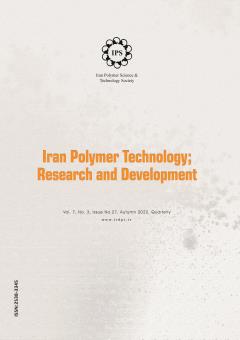-
-
List of Articles
-
Open Access Article
1 - -
Amirhosein Yazdanbakhsh -
Open Access Article
2 - review of polymer-protein
Nadereh Golshan Ebrahimi -
Open Access Article
3 - Polymer Networks as Hierarchical Porous Carbon Materials: Synthesize, Properties and Applications
ziba shirini kordabadi Fatemeh Rafiemanzelat -
Open Access Article
4 - Mini-Review of Self-Healing Mechanism and Formulation Optimization of Polyurea Coating
Moein Behzadpour Mahdi Hemmatian Damghani -
Open Access Article
5 - -
HamidReza Sabbaghi Ali Abbasian -
Open Access Article
6 - Graphene‑based composite membranes for nanofiltration: performances and future perspectives
Farzad Mehrjo
-
The rights to this website are owned by the Raimag Press Management System.
Copyright © 2017-2025







